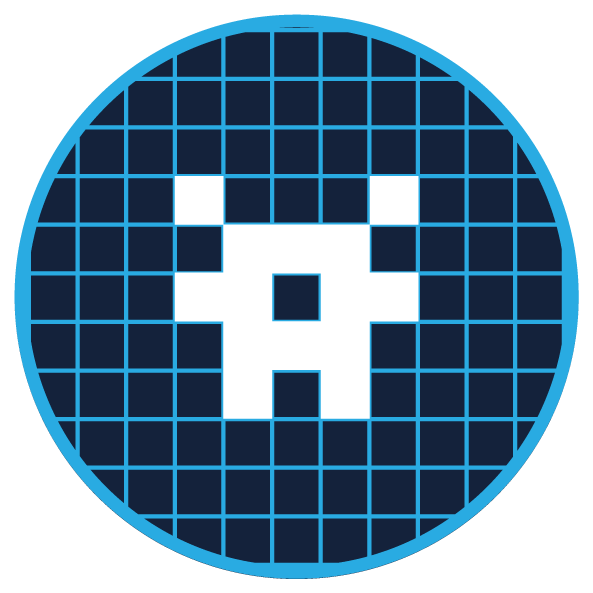There is no sound in space, but there is music (and genomes)
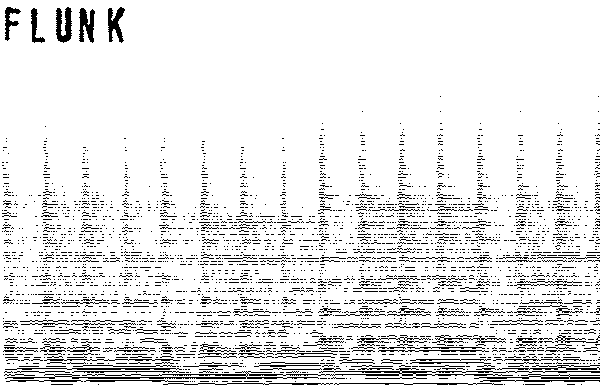
contents
The discs contain the full genome of a female and male as well as the human proteome and metabolome.
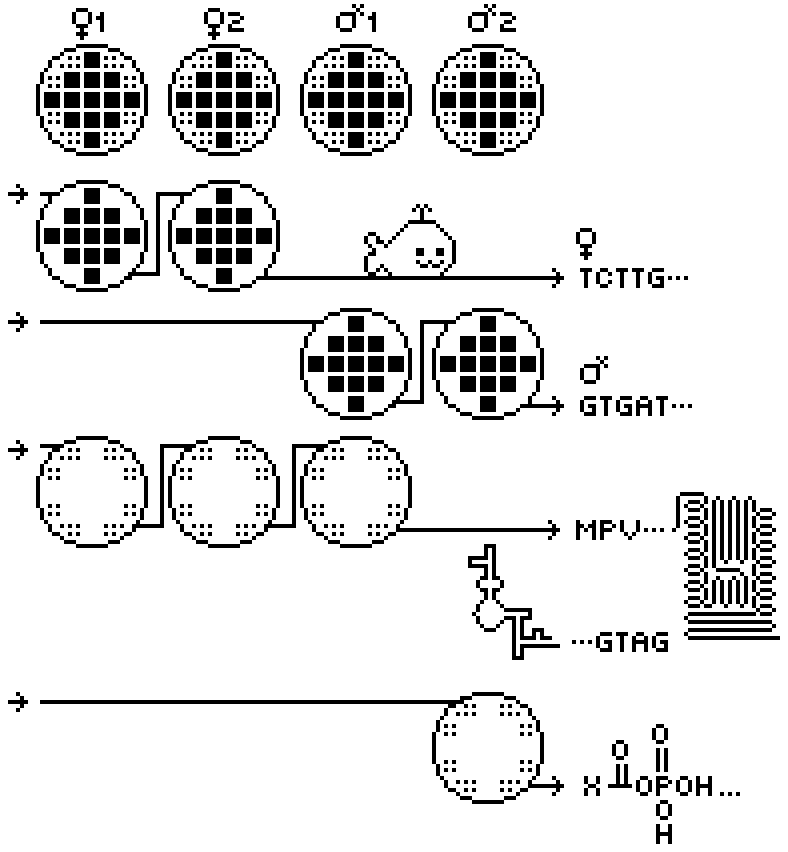
The genome sequence is organized into panels of 203 × 203 pixels. Each panel contains 202 × 202 = 40,804 data pixels. The last row and column are dedicated to error correction — registering whether the sum of a row or column pixels is even.
Each disc contains about about 70,000 such panels comprising about 2,800,000,000 pixels. For every 1,024 panels, there is an error check panel that works like the row/column error check except that it sums across panels.
Each base is encoded by two pixels so each panel stores 20,402 bases. Each disc therefore stores about 1.4 Gb of sequence. This capacity is just enough to store the fully sequenced haploid genome of an individual on two discs.

The proteome is stored in smaller panels of size `n` × 32 where `n=2-32`. These panels are placed near the edge of the disc to make full use of the space on the disc.
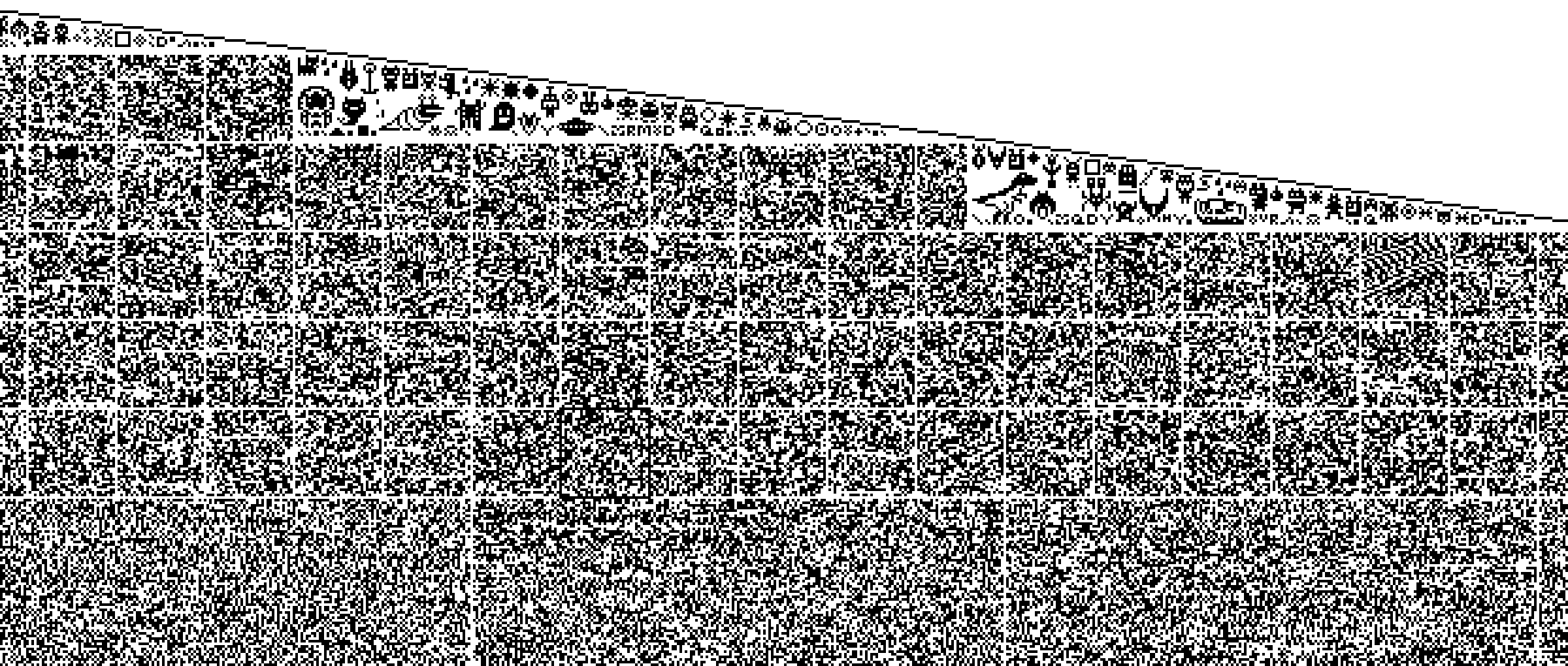
The proteome ends close to the start of the last disc. From this point on, the small panels are used to store the chemical structures of compounds that participate in metabolic reactions.
Each compound is a jigsaw puzzle — its structure is stored across one or more panels and it's up to you to piece the panels together. Hint: the first panel of a structure has its pixels inverted.

Each disc also includes a jigsaw puzzle — four in total.
You put it together. And by you I mean they. And by they I mean (possibly) aliens.
If you like these puzzles, see my 1-bit 10 gigapixel space maps.
The first female disc has a moon map puzzle. The “She looks like the Moon” is a reference to Like the Moon by Future Islands.
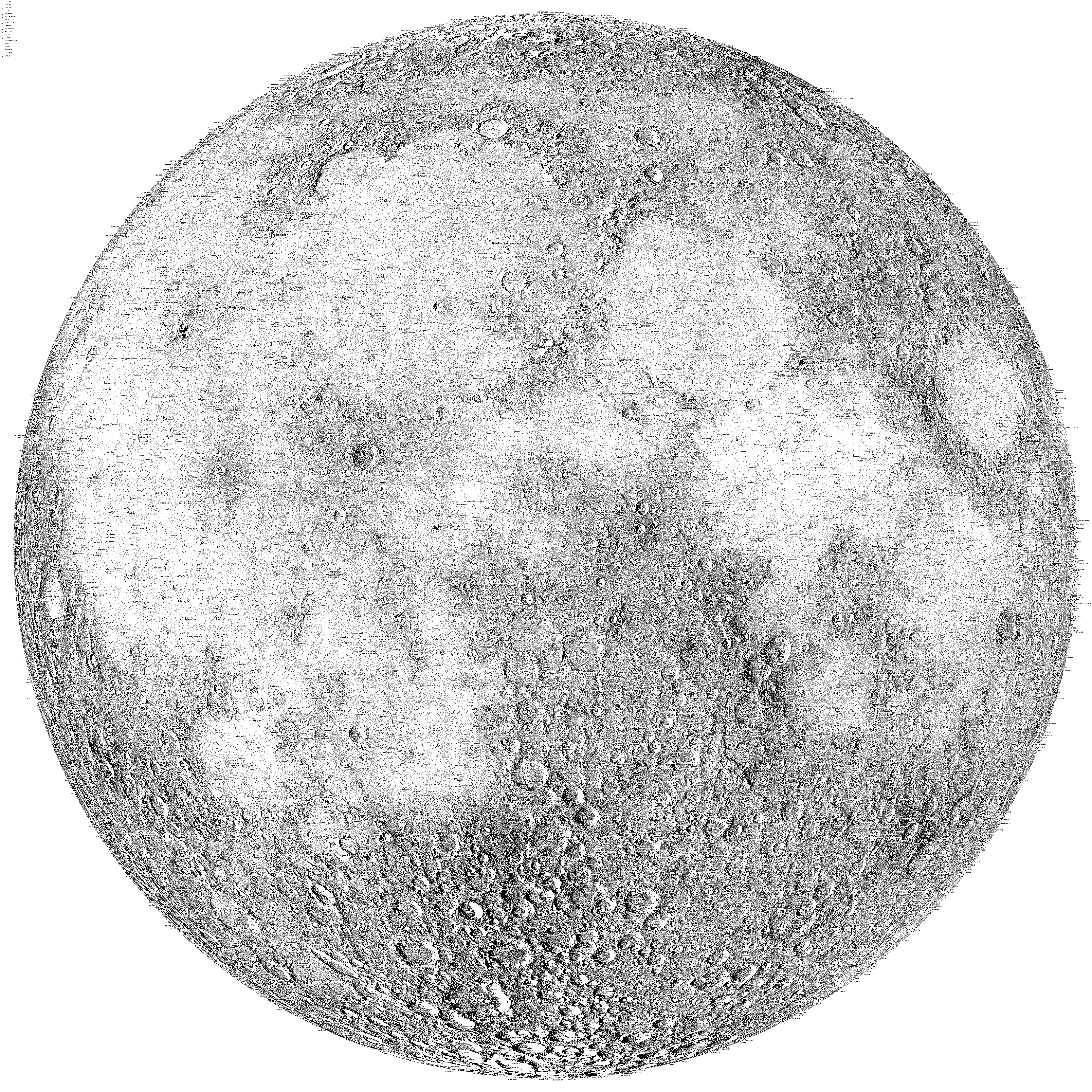
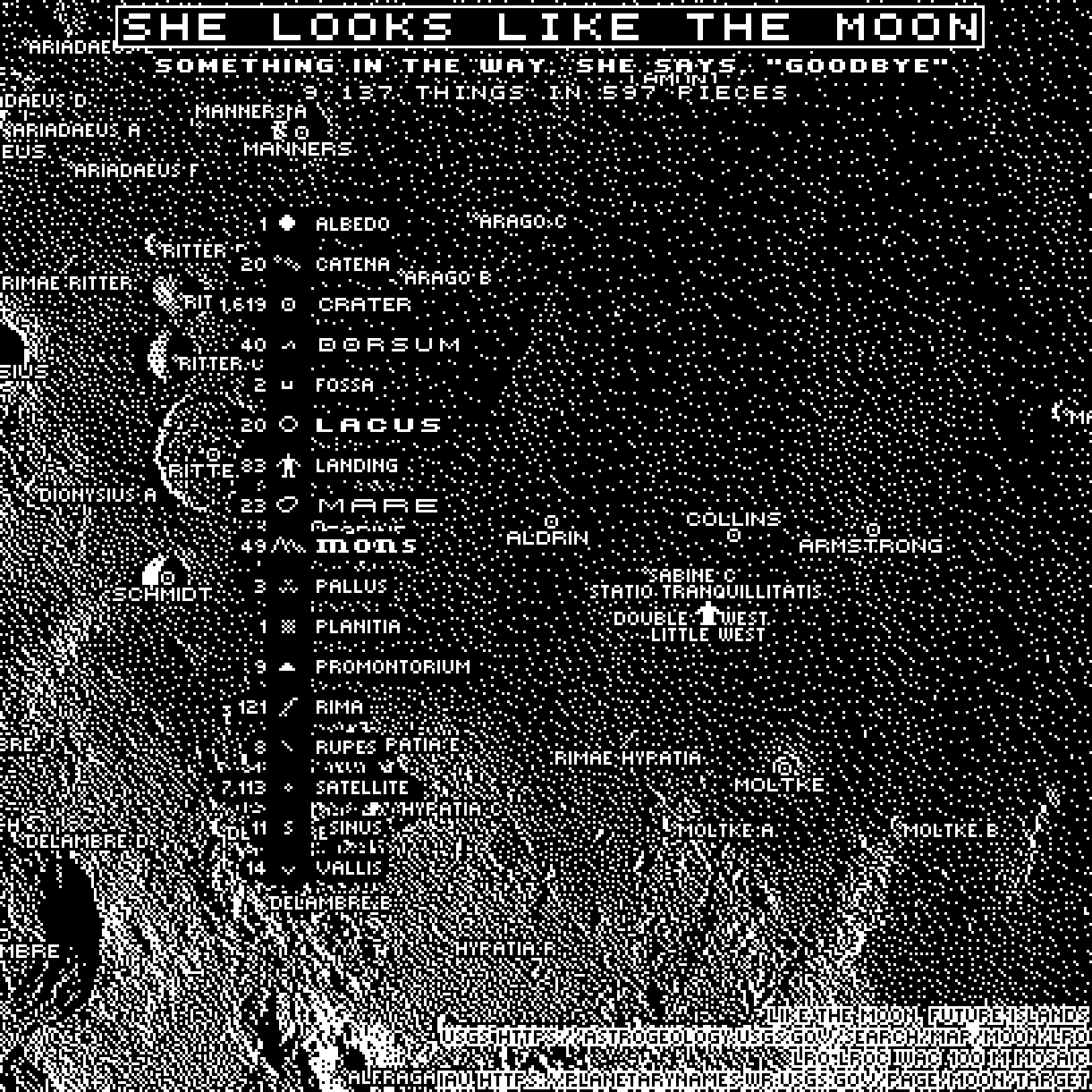
The second female disc has the solar system. Not everything in it but closeish to it.
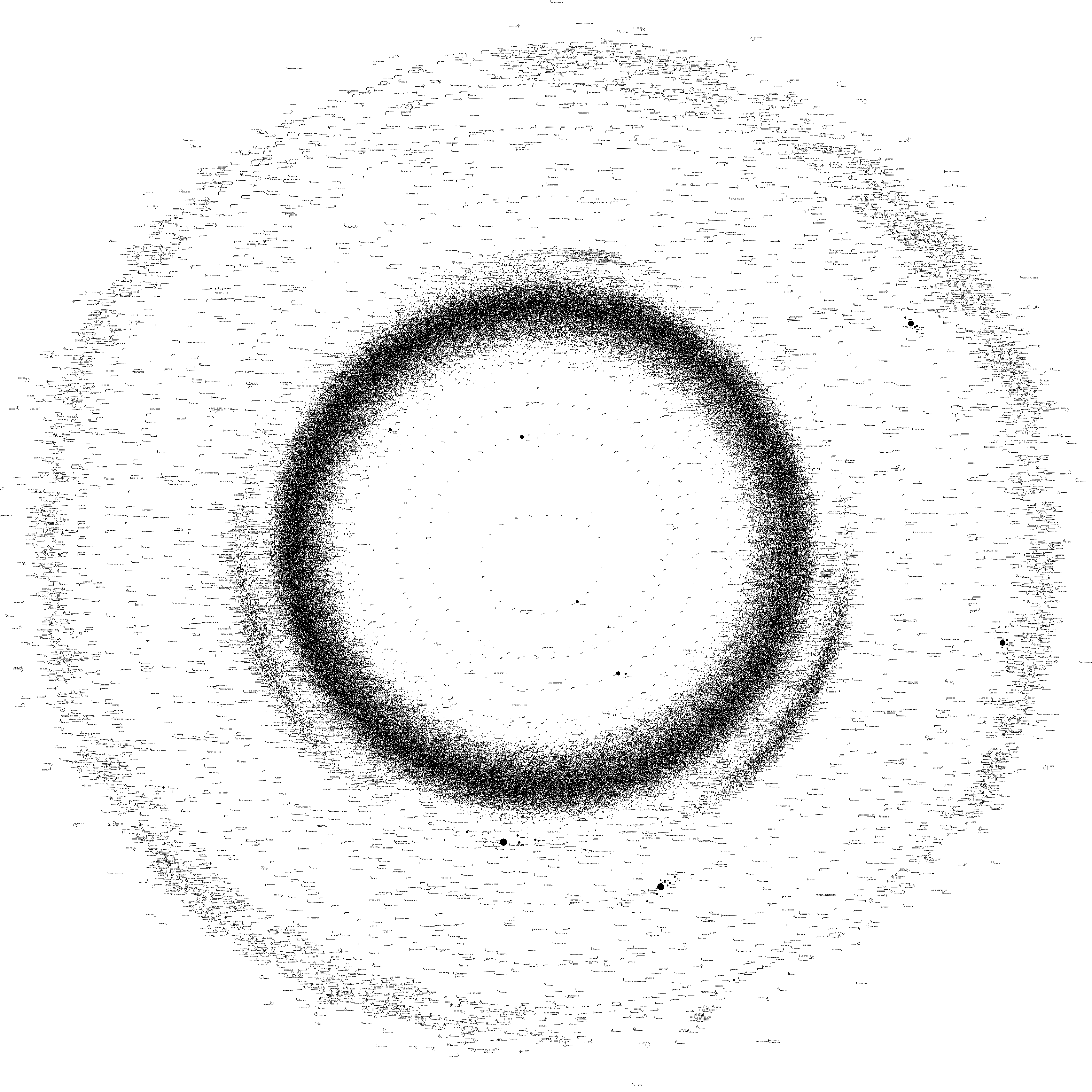
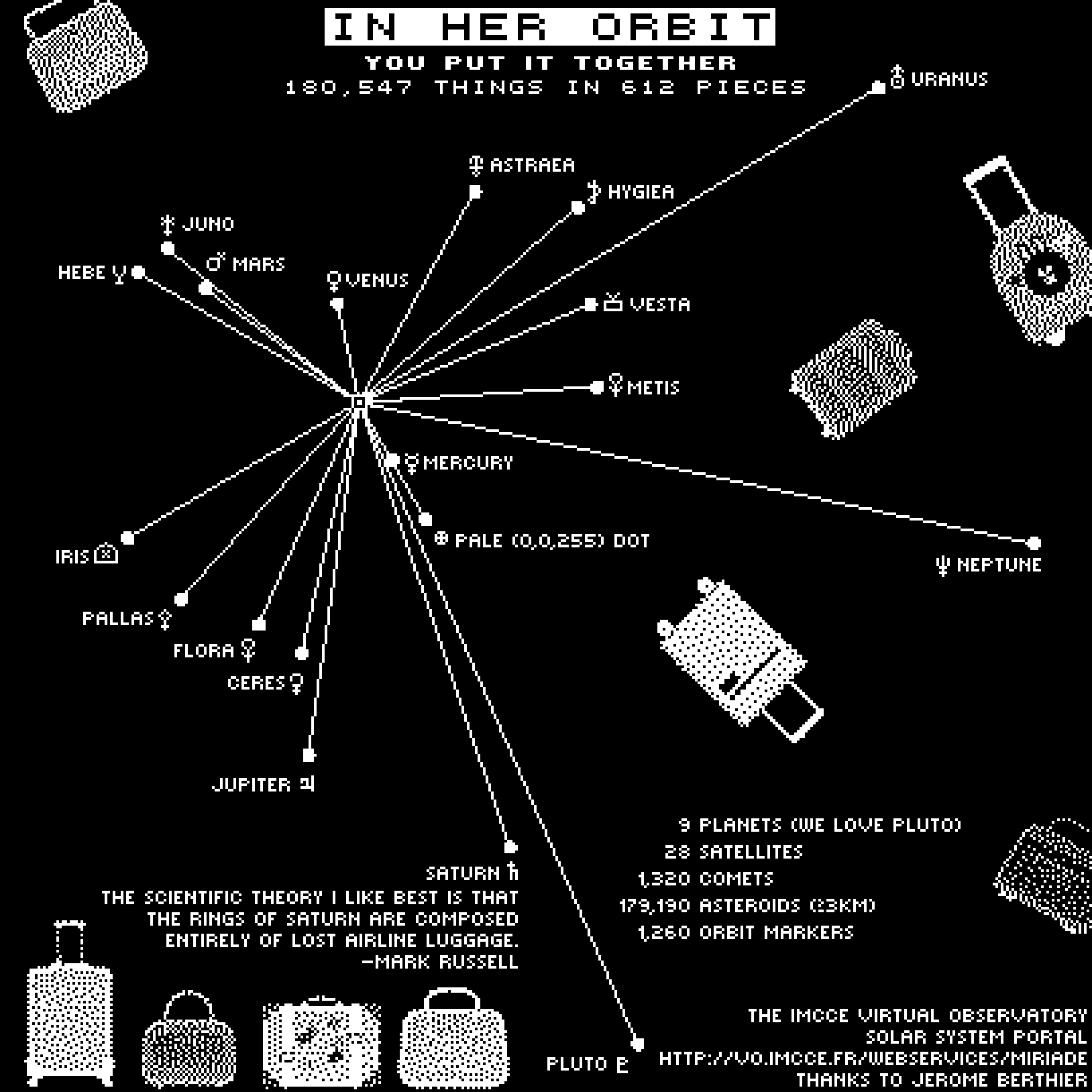
The north celestial hemisphere is the puzzle on the first male disc. Hence, ‘No Man's Sky’. Except that there is a man — on the disc. But it's not his sky. This is what I meant.
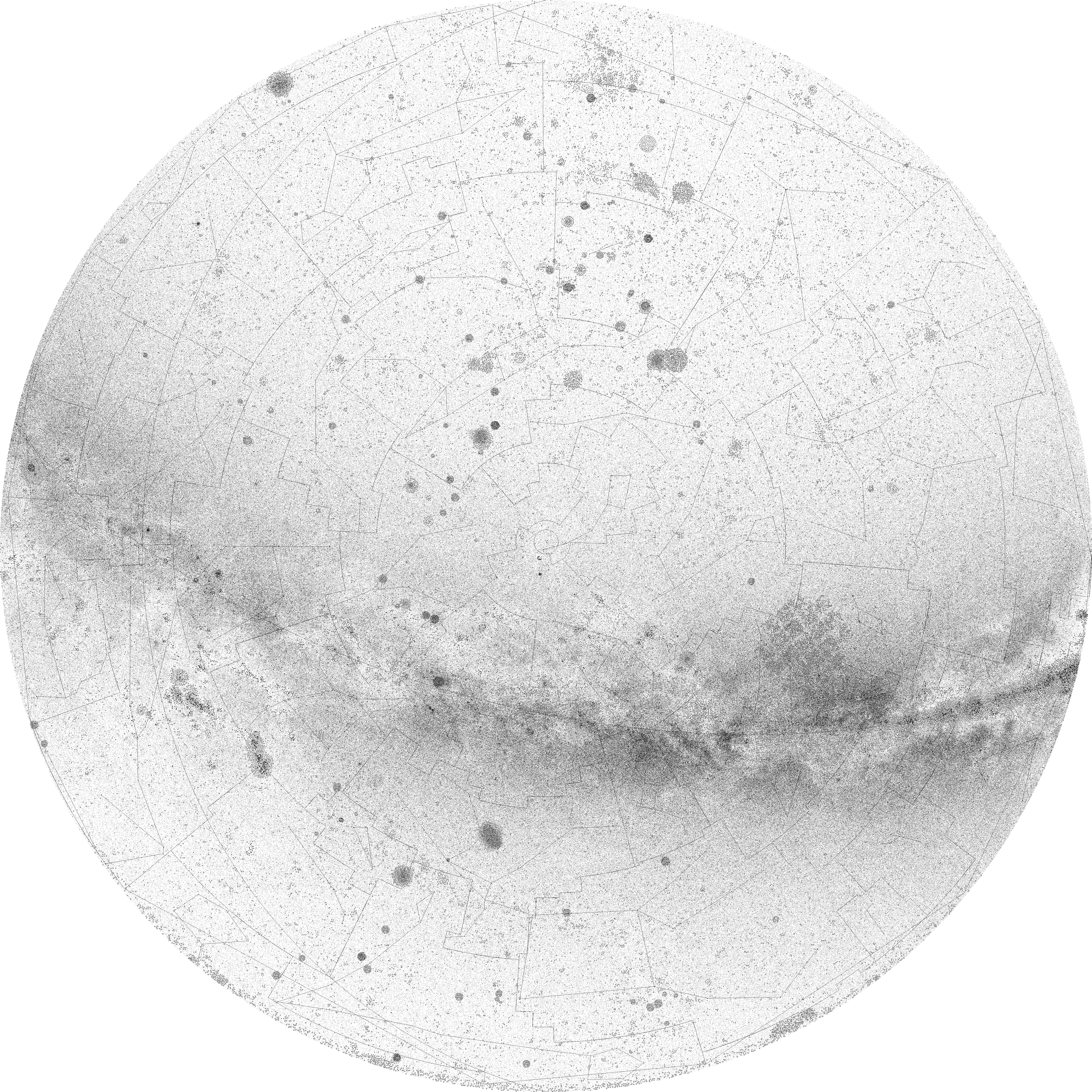
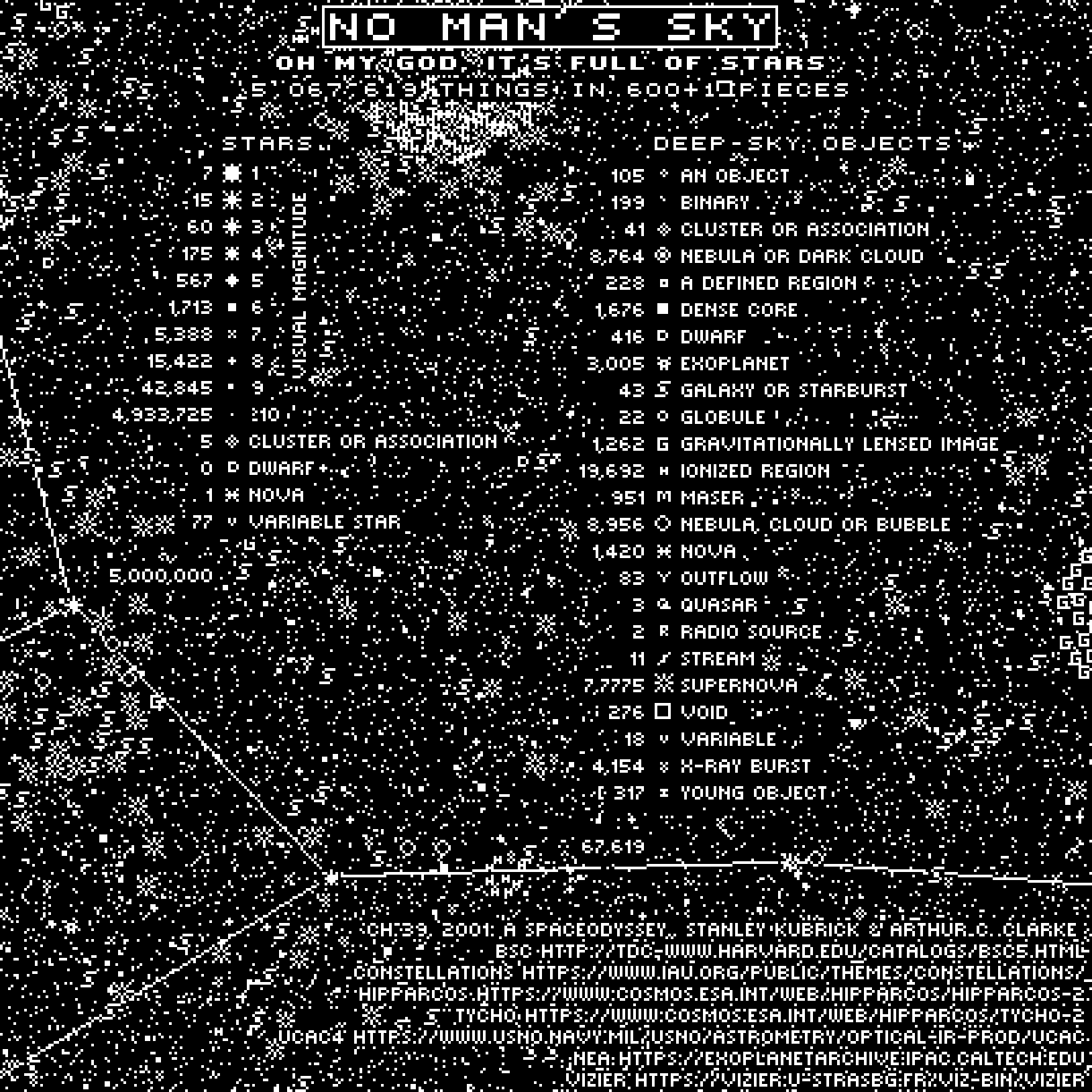
‘My God, it's also full of stars.’ Keep coruscatling, little buddies!

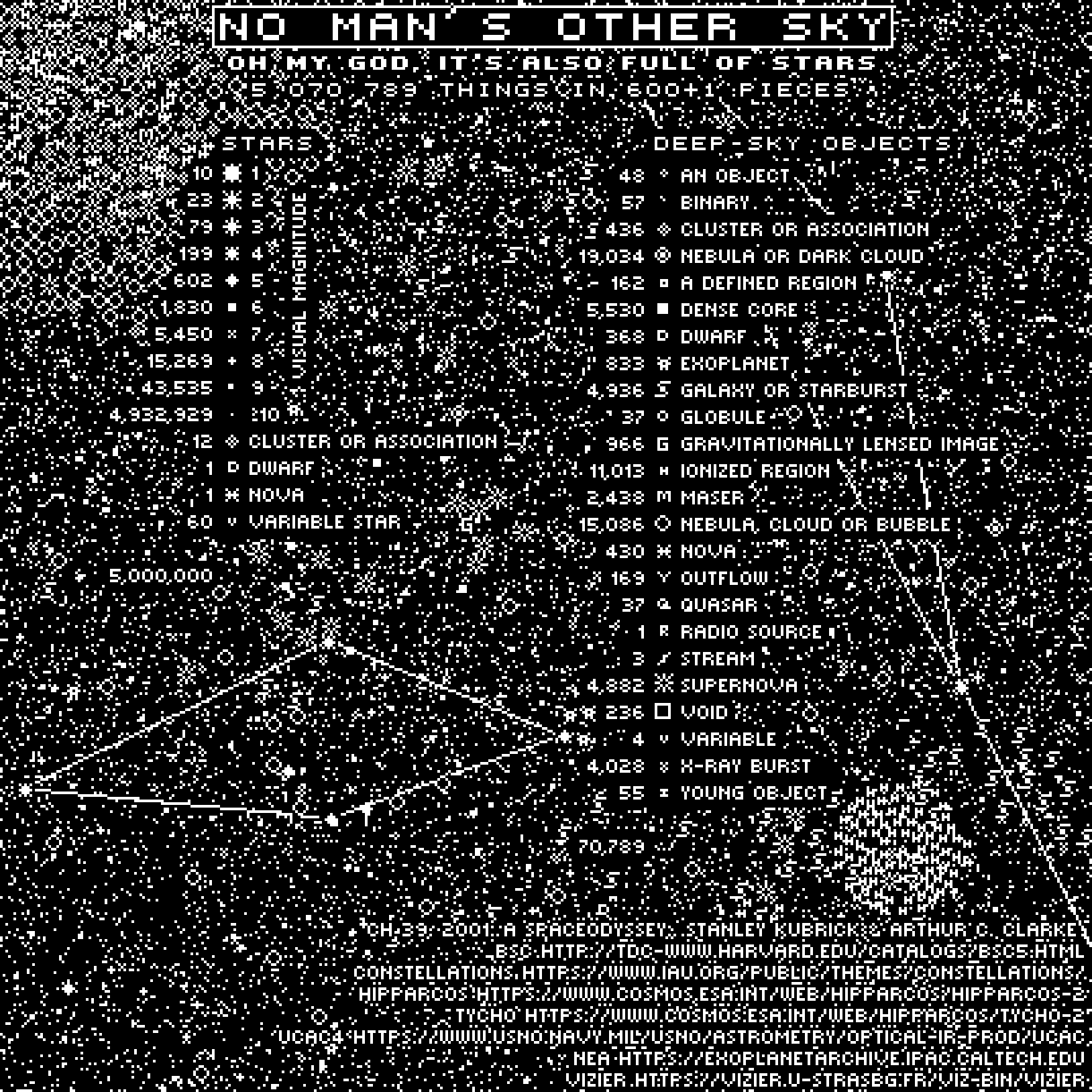
The first disc also contains a collection of 124 artworks by children undergoing treatment in Paris hospitals.
This was organized by Jean-Philippe Uzan who is part of the Les p'tits cueilleurs d'étoiles program (The Little Star Gatherers), designed to bring space to hospitalized children.
You can browse the full gallery.

There are many other curious things to find on the first disc. Here are some of them.


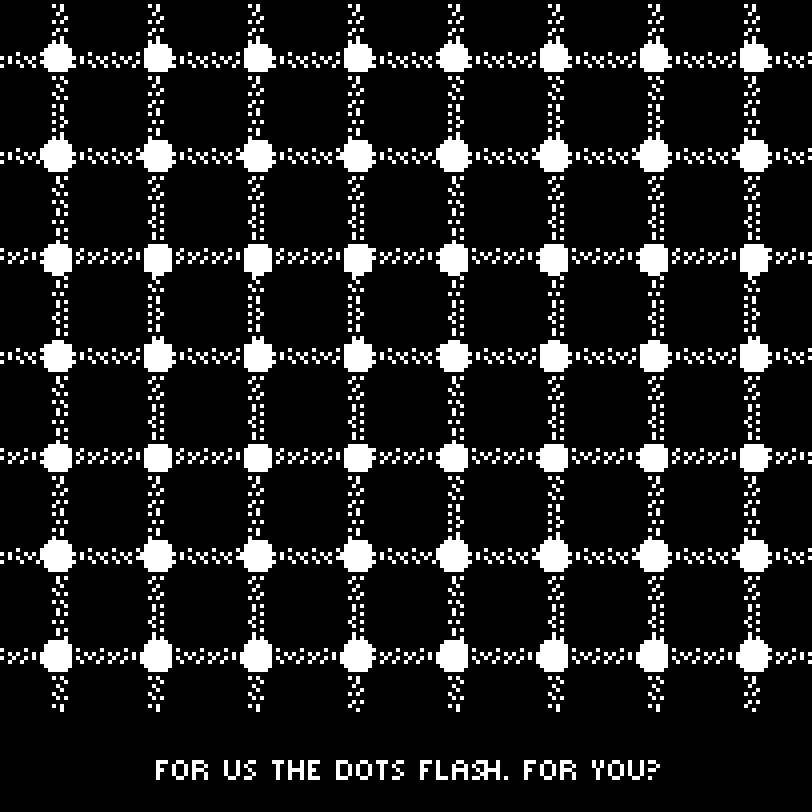
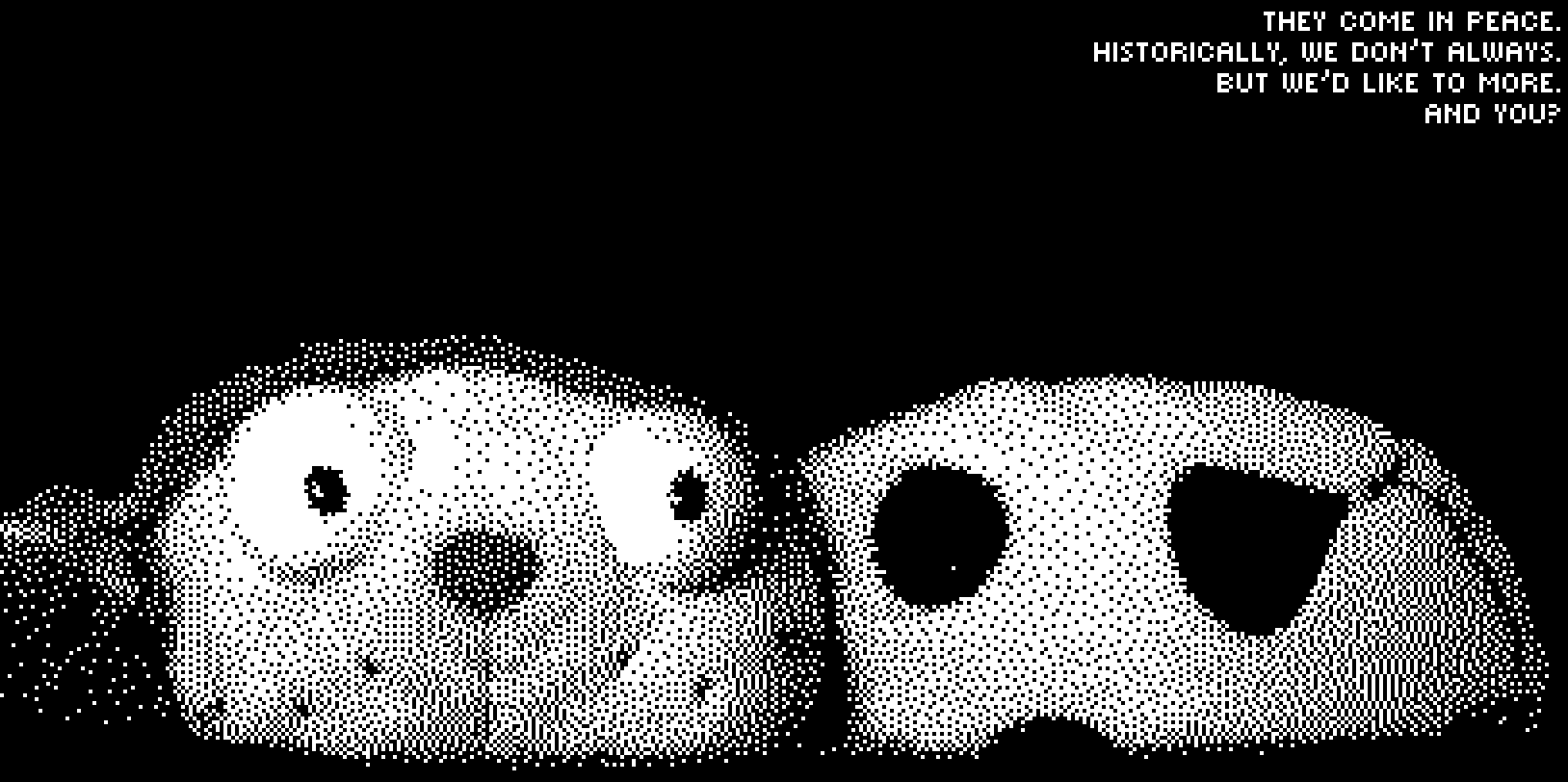
Nasa to send our human genome discs to the Moon
We'd like to say a ‘cosmic hello’: mathematics, culture, palaeontology, art and science, and ... human genomes.



Comparing classifier performance with baselines
All animals are equal, but some animals are more equal than others. —George Orwell
This month, we will illustrate the importance of establishing a baseline performance level.
Baselines are typically generated independently for each dataset using very simple models. Their role is to set the minimum level of acceptable performance and help with comparing relative improvements in performance of other models.

Unfortunately, baselines are often overlooked and, in the presence of a class imbalance5, must be established with care.
Megahed, F.M, Chen, Y-J., Jones-Farmer, A., Rigdon, S.E., Krzywinski, M. & Altman, N. (2024) Points of significance: Comparing classifier performance with baselines. Nat. Methods 20.
Happy 2024 π Day—
sunflowers ho!
Celebrate π Day (March 14th) and dig into the digit garden. Let's grow something.

How Analyzing Cosmic Nothing Might Explain Everything
Huge empty areas of the universe called voids could help solve the greatest mysteries in the cosmos.
My graphic accompanying How Analyzing Cosmic Nothing Might Explain Everything in the January 2024 issue of Scientific American depicts the entire Universe in a two-page spread — full of nothing.
The graphic uses the latest data from SDSS 12 and is an update to my Superclusters and Voids poster.
Michael Lemonick (editor) explains on the graphic:
“Regions of relatively empty space called cosmic voids are everywhere in the universe, and scientists believe studying their size, shape and spread across the cosmos could help them understand dark matter, dark energy and other big mysteries.
To use voids in this way, astronomers must map these regions in detail—a project that is just beginning.
Shown here are voids discovered by the Sloan Digital Sky Survey (SDSS), along with a selection of 16 previously named voids. Scientists expect voids to be evenly distributed throughout space—the lack of voids in some regions on the globe simply reflects SDSS’s sky coverage.”
voids
Sofia Contarini, Alice Pisani, Nico Hamaus, Federico Marulli Lauro Moscardini & Marco Baldi (2023) Cosmological Constraints from the BOSS DR12 Void Size Function Astrophysical Journal 953:46.
Nico Hamaus, Alice Pisani, Jin-Ah Choi, Guilhem Lavaux, Benjamin D. Wandelt & Jochen Weller (2020) Journal of Cosmology and Astroparticle Physics 2020:023.
Sloan Digital Sky Survey Data Release 12
Alan MacRobert (Sky & Telescope), Paulina Rowicka/Martin Krzywinski (revisions & Microscopium)
Hoffleit & Warren Jr. (1991) The Bright Star Catalog, 5th Revised Edition (Preliminary Version).
H0 = 67.4 km/(Mpc·s), Ωm = 0.315, Ωv = 0.685. Planck collaboration Planck 2018 results. VI. Cosmological parameters (2018).
constellation figures
stars
cosmology
Error in predictor variables
It is the mark of an educated mind to rest satisfied with the degree of precision that the nature of the subject admits and not to seek exactness where only an approximation is possible. —Aristotle
In regression, the predictors are (typically) assumed to have known values that are measured without error.
Practically, however, predictors are often measured with error. This has a profound (but predictable) effect on the estimates of relationships among variables – the so-called “error in variables” problem.

Error in measuring the predictors is often ignored. In this column, we discuss when ignoring this error is harmless and when it can lead to large bias that can leads us to miss important effects.
Altman, N. & Krzywinski, M. (2024) Points of significance: Error in predictor variables. Nat. Methods 20.
Background reading
Altman, N. & Krzywinski, M. (2015) Points of significance: Simple linear regression. Nat. Methods 12:999–1000.
Lever, J., Krzywinski, M. & Altman, N. (2016) Points of significance: Logistic regression. Nat. Methods 13:541–542 (2016).
Das, K., Krzywinski, M. & Altman, N. (2019) Points of significance: Quantile regression. Nat. Methods 16:451–452.
Convolutional neural networks
Nature uses only the longest threads to weave her patterns, so that each small piece of her fabric reveals the organization of the entire tapestry. – Richard Feynman
Following up on our Neural network primer column, this month we explore a different kind of network architecture: a convolutional network.
The convolutional network replaces the hidden layer of a fully connected network (FCN) with one or more filters (a kind of neuron that looks at the input within a narrow window).
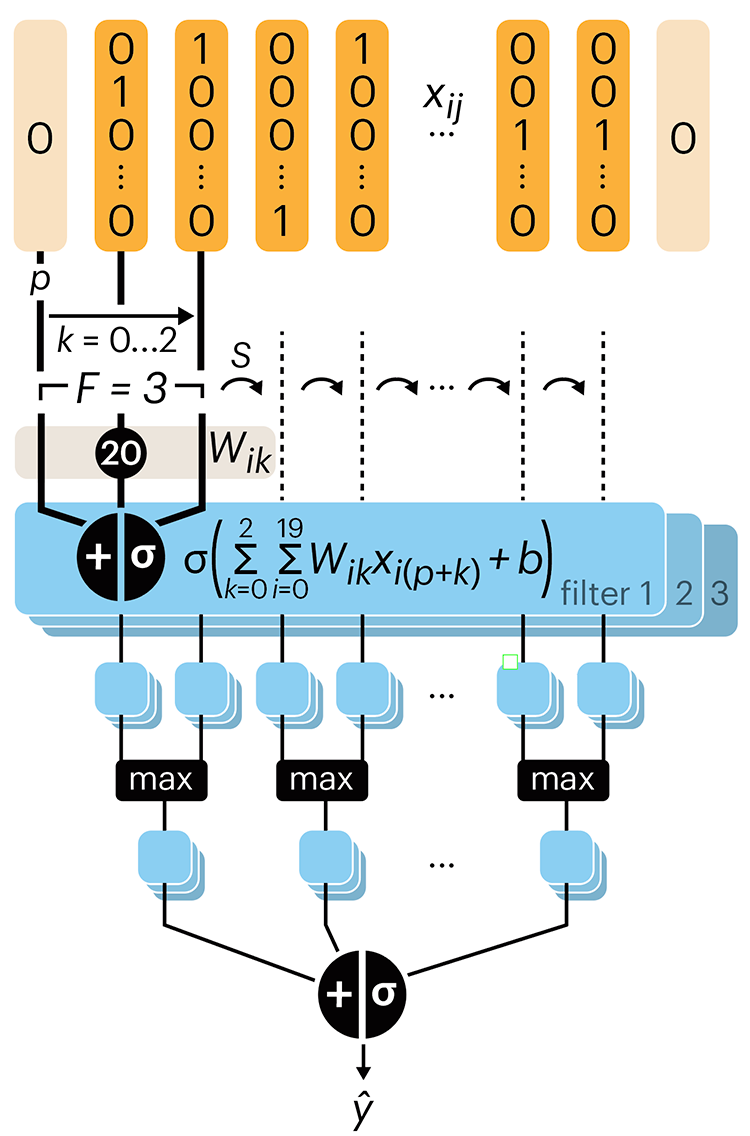
Even through convolutional networks have far fewer neurons that an FCN, they can perform substantially better for certain kinds of problems, such as sequence motif detection.
Derry, A., Krzywinski, M & Altman, N. (2023) Points of significance: Convolutional neural networks. Nature Methods 20:1269–1270.
Background reading
Derry, A., Krzywinski, M. & Altman, N. (2023) Points of significance: Neural network primer. Nature Methods 20:165–167.
Lever, J., Krzywinski, M. & Altman, N. (2016) Points of significance: Logistic regression. Nature Methods 13:541–542.



